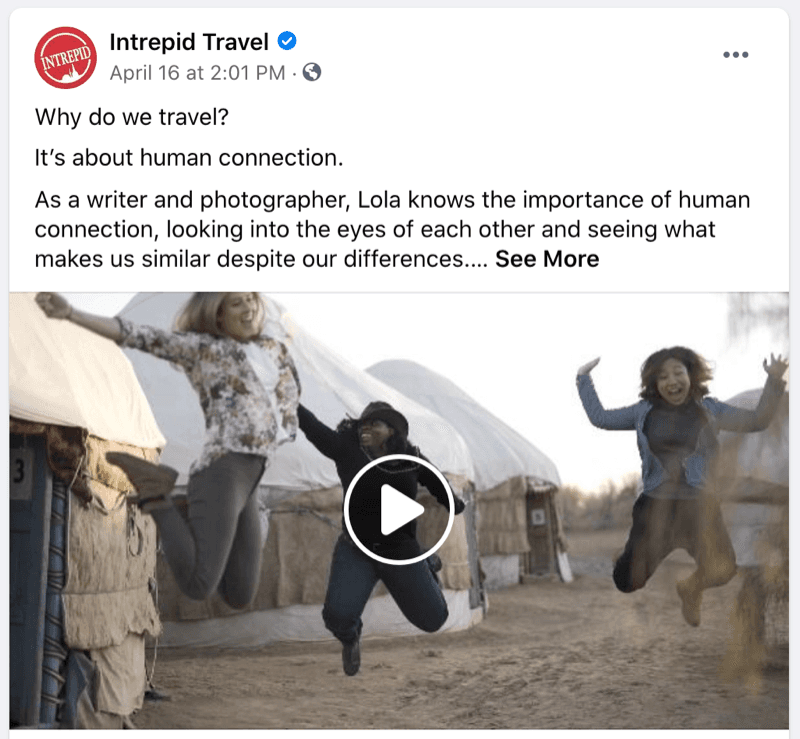What's the Difference Between Branding and Marketing
It's important to understand the difference between branding and marketing. This post explains the difference and their importance.

UNUM Staff
Everyday Social Tool
An Edelman study showed that 81% of consumers prefer to buy from brands they trust. It’s fair to say then that branding is a vital part of your organization’s success in today’s market. Marketing follows suit and is a crucial component of your overall strategy. But, sometimes the lines get blurry as these two can easily overlap. So, what’s the difference between branding and marketing?
A “brand” refers to a unique feature or set of features that distinguish one organization from another. This may consist of a name, tagline, logo, symbol, design, or brand voice. But, ultimately a brand is equal to the customer experience one receives when interacting with a business. Branding is the actual process an organization goes through when researching and developing its brand. It's about defining who you are as a company.
Marketing is the set of tools or the strategy that is used to promote a product, service, or company. These are the actions you take to attract and connect with your customers. This could be the use of tools such as social media, SEO, website, and paid search channels. Think of marketing as how you draw in and encourage customers to buy your products or services.
“Branding is your fundamental promise of whom you serve, how you make them feel, and what’s different about how you deliver. Marketing is how you get this message out there once you have defined it.” - Julie Cottineau, author of Twist: How Fresh Perspectives Build Breakthrough Brands
Learn how UNUM can help you build your brand and tell your story.
Key differences between branding and marketing
There are definite key differences to note between branding and marketing. According to 99Designs:
“While marketing is used to promote your product or service, branding is used to actively shape your brand and who you are. You need to have strategies in place for both, and understand that they will have different goals and different results.”
When building your strategy, marketing is how you initially attract customers and get their attention. Branding is how you retain your customers and increase loyalty. When it comes to revenue, marketing is how you drive your sales, while branding is how you drive recognition.
The following companies are identified as having a strong branding or marketing strategy:
Branding
Sonos’ smart home sound system focuses on their brand promise of "ease of use and installation" and premium sound quality. The power of Sonos’ brand even attracted major media conglomerate Disney.
[caption: Premium sound meets premium entertainment in this collaboration between Sonos and Disney+]
Whole Foods’ mission is to provide healthy, natural, and organic food. They nailed it with their national branding campaign highlighting quality standards in the food industry. Their advertising initiative demonstrated the values of “America’s Healthiest Grocery Store.”
Sharpie’s branding strategy on social media focuses on what their customers are doing with their product, rather than the product itself. They get their brand noticed by referring to a simple pen as an “artist’s tool.” The result? Customers see Sharpie as the go-to brand for like-minded creatives.
Marketing
Intrepid Travel posts travel images on Facebook and incorporate travelers' stories and experiences into their own content. This helps the company connect with its core audience.

Superdrug’s goal was to raise awareness around body image issues. They used celebrity endorsements as a part of their social media marketing campaign in order to reach a wider audience. The company got more than 1,000,000-page views to their site within a five-day period!
The similarities
There are also some similarities between branding and marketing. They are both intended to add value for customers and allow you to share what your company truly has to offer. Leighton Broadcasting explains it well: “Without a strong brand identity, a marketing plan will fail, and without a compelling marketing campaign, no one will care about your brand.”
Why branding comes first
Branding is the core of your marketing strategy so it must come first. It’s imperative that you start by clearly defining your brand. Think about who you are as a brand. What does your brand voice sound like? What are your brand values? How do you want to communicate with your customers? Once you’ve answered those questions, and your branding is in place, then you will be ready to build your marketing strategy.
Although they are not the same, branding and marketing oftentimes work hand in hand to advance your overall strategy. Remember that branding gives your business identity beyond just your product or service and allows consumers to relate and connect with you. Marketing follows and encompasses your tactical goals. These two intertwine because marketing is specifically geared towards reaching your target audience, all while supporting the core values of your brand.
When you understand the difference between branding and marketing and know how to effectively use each, then you’ll truly be able to take your business to the next level. By committing to your strategy, the customers who are using your services today, will come back for more tomorrow.
Learn how to future-proof your brand.
Read more
Join our Newsletter
Sign up to our newsletter for all things marketing.





